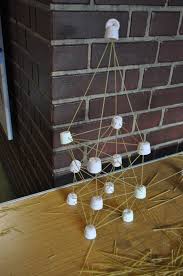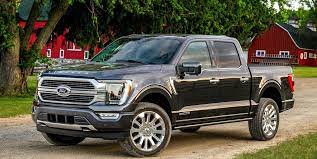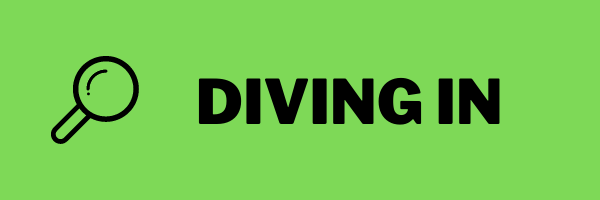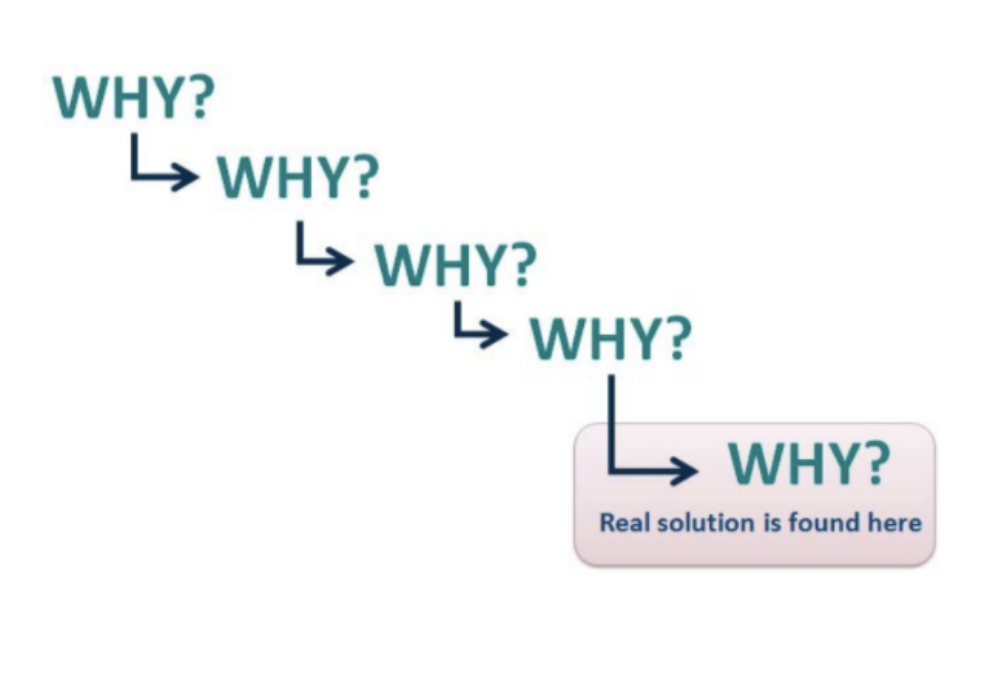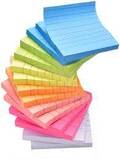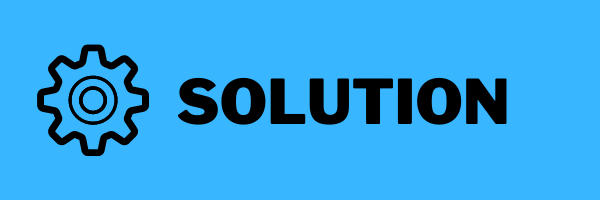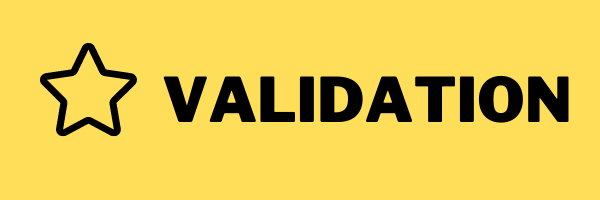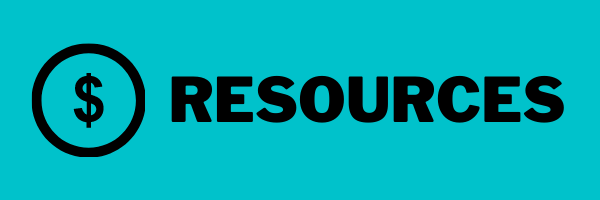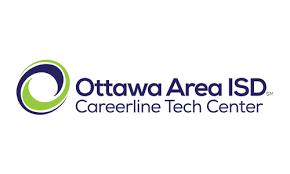F150 Sectioning and Finishing
By: Rob Corrigan
By: Rob Corrigan
Project at a Glance :
This is a project for a 11th and 12th grade Auto Body Class working on steel sectioning. It explores how a vehicle is designed and the process of measuring, cutting, grinding, welding, and corrosion protection. It allows students to investigate the best process to fix a damaged vehicle with rust, while partnering with the owner and industry to address the problem collaboratively. The project will depend on Math: measuring, time, and ratios. There will also be a VPA speaking standard for communicating to the outside stake holders. This unit is roughly 9 weeks.
Driving Question:
How do we make a car safe and looking good?
|
Standards:
Entry Event:
|
Stakeholders:
|
Incubation:
|
|
Solution Building:
|
Authentic Audience:
|
Click here for teacher's full plan.
Reflection and Feedback:
|

